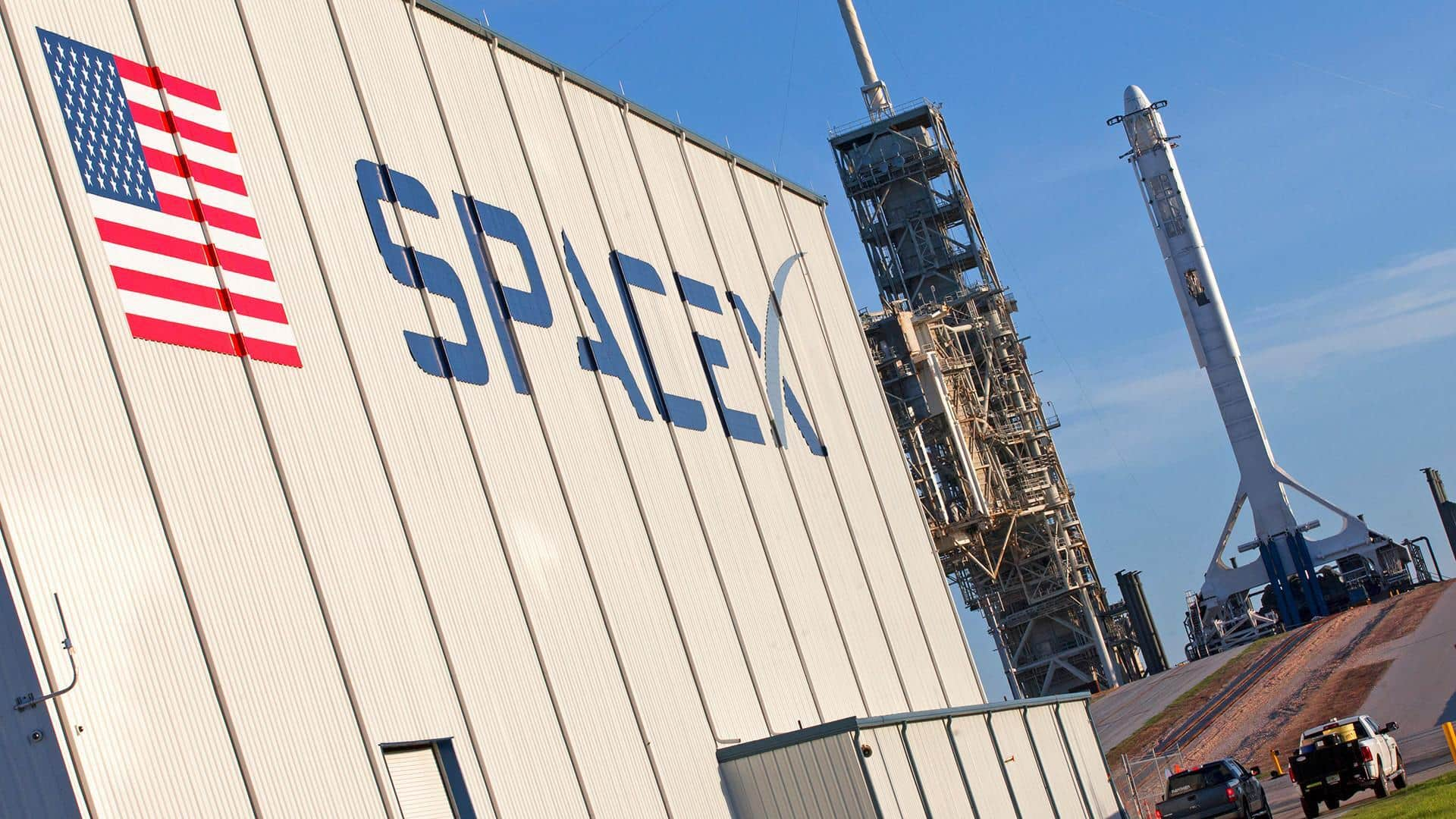
Musk's SpaceX might not build Trump's Golden Dome project
What's the story
The Donald Trump administration is looking for new partners for its Golden Dome missile defense system, with Amazon's Project Kuiper and major defense contractors in the running, as per Reuters. This comes amid a strained relationship between Trump and Elon Musk, which reached a breaking point on June 5. The Pentagon and White House had started seeking alternatives to Musk's SpaceX even before the fallout, fearing over-dependence on one partner for such a large-scale $175 billion project.
New contender
SpaceX still has the largest share
SpaceX, which has launched over 9,000 Starlink satellites and has extensive government procurement experience, is still the frontrunner for major parts of Golden Dome. However, its share could decrease as new entrants like Stoke Space and Rocket Lab gain traction. Project Kuiper—a $10 billion project led by former Starlink managers—has been approached by the Pentagon for potential inclusion in the satellite layer of Golden Dome.
Defense discussions
Traditional defense contractors in the race
Traditional defense giants such as Northrop Grumman, Lockheed Martin, and L3Harris are also in talks to support the Golden Dome project. L3Harris CFO Kenneth Bedingfield said there has been increased interest in their missile warning and tracking technologies for this system. Northrop is pursuing efforts including a space-based interceptor that would allow missile strikes from orbit.
Project timeline
General Michael Guetlein to oversee Golden Dome
Space Force General Michael Guetlein, confirmed by the Senate on July 17, will lead the Golden Dome program. He has been given a tight schedule to build a team and deliver initial designs within months. The inclusion of commercial platforms like Kuiper raises security concerns as their satellites would need protection against cyberattacks and electronic warfare.
Security implications
Project could alter global security dynamics
The Golden Dome project could alter global security dynamics if a fully-operational space-based missile shield is developed. It may force adversaries of US to develop new offensive capabilities or speed up space militarization efforts.